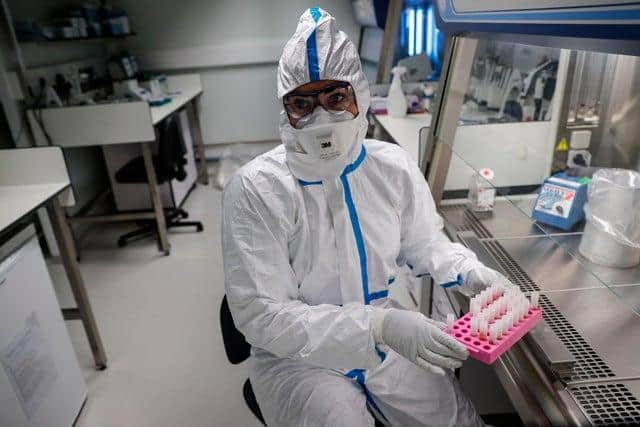Doncaster no longer in top 10 for coronavirus infection rate
and live on Freeview channel 276
There were 11.9 confirmed cases per 100,000 people during the week ending Sunday, July 5, according to the latest data from Public Health England, published today.
That’s down from 21.3 cases per 100,000 the previous week and means Doncaster drops from 10th to 16th in the table of local authorities in England with the highest infection rates.
Advertisement
Hide AdAdvertisement
Hide Ad

Elsewhere in South Yorkshire, the infection rate in Sheffield fell from 24.4 to 14.8, in Rotherham it reduced from 26.1 to 21.5, and in Barnsley it dropped from 26.1 to 17.1.
Leicester still tops the table with 116 confirmed cases per 100,000 – down from 141.3 the previous week.
Rotherham is in sixth place, Barnsley is ninth and Sheffield 12th.
By comparison, Manchester had 12.4 confirmed cases per 100,000 people, Liverpool 9.5, Leeds 5.6 and Birmingham 5.4.
Advertisement
Hide AdAdvertisement
Hide AdPublic Health England’s weekly figures include positive results from both pillar one testing, in hospitals and other healthcare settings, and pillar two testing, in the wider community.
Across England, there were just over 3,300 cases detected in the week to Saturday, compared with more than 4,400 the previous week.
The highest number of positive tests continue to be seen in the East Midlands and in Yorkshire and Humber.
Public Health England said the number of ‘acute respiratory infection incidents’ reported in care homes and hospitals had fallen but the number in workplaces remained ‘relatively stable’.
The number of incidents in schools and other educational settings, meanwhile, increased from 43 to 55.